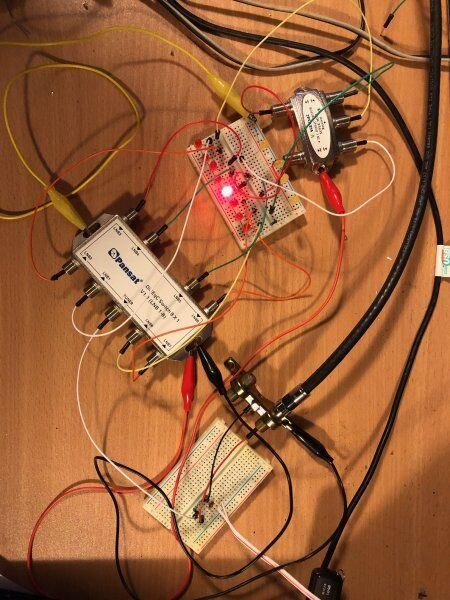it did not work - it seems that as soon as there's a 1.0 command, it messes up the 1.1 state. I don't remember exactly what the 1.1 switch did when the 1.0 switch was on port 8 of the 1.1, i think it would randomly end up on port 6, but i'm not sure. In any case it was not working right.
Interestingly, when i connected the 1.0 switch to port 1 of the 1.1, the port it would end up switching to by error was port 5 (just like it would end up on port 8 in my earlier test with the cascading on port 4 - in both cases it went to the port number (cascading port+4)... Weird
Interestingly, when i connected the 1.0 switch to port 1 of the 1.1, the port it would end up switching to by error was port 5 (just like it would end up on port 8 in my earlier test with the cascading on port 4 - in both cases it went to the port number (cascading port+4)... Weird







